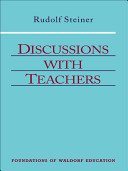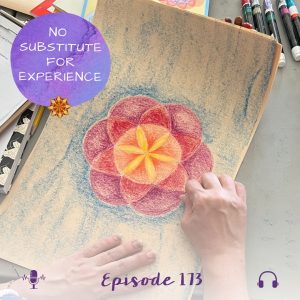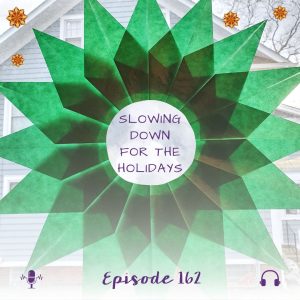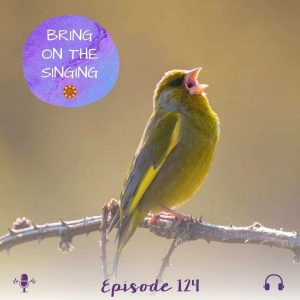The question posed at the end of yesterday afternoon’s discussion is this: what measures need to be taken when children are struggling with a subject or lesson? You may find Steiner’s recommendations surprising: healthy food for improved behavior and attention, and caricatures for improved memory. Both quite applicable to Waldorf homeschooling!
This is Day Eight of the afternoon discussions that Rudolf Steiner had with the first Waldorf teachers in August of 1919.
Don’t we all want this, as parents or teachers: to make sure our children don’t fall behind? (Whatever that may mean to us on any given day!) This discussion is full of Steiner’s ideas and suggestions.
“Perhaps you can find a remedy in this way: when you notice that a child, right from beginning, has little talent for reading and writing you would do well to get in touch with the parents and ask them immediately to keep the child off eggs, puddings and pastry as much as possible.” (Sound like no dairy, sugar, or gluten to you? Sure does to me!)
Steiner goes on to say, “maybe even cut back on the meat for awhile and give the child plenty of vegetables and nourishing salads.” He mentions that parents can sometimes make foolish choices when feeding their young and that this can “contribute greatly to the lessening of their faculties.”
A weakness in arithmetic? Give extra time for eurythmy (Steiner’s art of movement to verses and poems) or gymnastics. Steiner suggests rod exercises that involve counting while moving the rod, first in front of the body and then in back. Then adding walking. Not all of us have copper rods at home, but we can accomplish similar aims with bean bags! (Check out this post on Movement Games which includes how to make simple bean bags.) The main goal: to combine numbers and movement “because at the root of arithmetic is consciously willed movement.”
In response to another question, Steiner replies that we are not likely to find our students dull in geography if we “enliven geography lessons by first describing a country, and then drawing it – allowing the children to draw it on the board and sketch in the rivers, mountains, distribution of vegetation, forest, and meadow land, and then read travel books with your pupils.” This is the simple basis for the study of geography and history from the local geography block in grade four and on up through the grades.
Obstinate children who don’t want to participate in eurythmy? (I might add children who don’t want to participate in warm-up movement or circle time?) “Perhaps when others are doing rod exercises these children could accompany them with singing, or reciting poems in rhythm. In this way, they will be drawn into rhythm without physical exertion.” Steiner also suggests taking photos of simple movement patterns in an artistic way so that the children can “perceive the beauty of line that they produced themselves in eurythmy without becoming vain and coy.”
To help children who cannot remember spacial forms or even melodies? Steiner suggests that this could indicate a delay in development and that we can help the child by drawing caricatures for them that emphasize the characteristics of a particular animal or plant. “These drawings must not be ugly or in bad taste, but artistic and striking…You could for example draw a mouse…” giving it large ears, teeth and whiskers.
Another way is to help children visualize something from the inside. “You say to the child: imagine you are a tiny little elf, and that you could stand inside of this [geometric] form as if it were a room. You allow the child to grasp from inside what cannot be understood from outside. This the child can do. But you must repeat this again and again.”
Does this seem like maybe the start of the math gnomes idea to anyone other than me? Maybe we should call them math elves!?!
If students are lazy or falling behind in any way, Steiner says, “But first you must primarily consider food and diet, and I need to say this again and again.”
What do you think of Steiner’s ideas here in Discussion Eight?
The Steiner Cafe is a place to explore and reflect on the lectures that Rudolf Steiner gave at the Teacher’s Seminar in 1919, the very first Waldorf teacher training. Each month here, we ponder one day of the seminar. It’s February 2015, and we are on Day Eight.
For reflections on previous lectures, check out The Steiner Cafe page.
These lectures are published in three books; the morning lectures in The Foundations of Human Experience; later morning lectures in Practical Advice to Teachers; and afternoon lectures in Discussions with Teachers. We invite you to pick up the books and read along.
If you prefer, you can read online at www.rsarchive.org, or listen at www.rudolfsteineraudio.com. Or, just meet us here each Thursday or Friday at The Steiner Cafe for some lively discussion. Lot’s of options! Hope you’ll join us.









You can make very nice copper rods by purchasing lengths of copper pipe and end caps at Lowe’s or Home Depot. They work really well.
Great idea, Barbara! I looked up the recommended size on the Movement for Childhood website and they recommend the 5/8″ copper tubing (buy it in the plumbing section and get the plastic caps to cover the ends, using a little glue to keep them in place). For lengths, use 32 inch rods for first through third grade and 36 inch lengths for older grades. Here is a great description of how to make them and some exercises to do: “Waking Up to Learning with Copper Rod Exercises.”